Traveling and writing and painting. Seems like a great job if it were free, i.e. if it did not cost me any money to perform. Getting paid for it would be the bonus!
Category: Uncategorized
Which Olympic sports would I enjoy watching…if I could watch them?
Wow. Most of my Olympic sports viewing happened back in the 1970s when the Olympics was a much simpler affair and tiddlywinks and speed crocheting had not yet been adopted as official sports. Back then you had athletes like Jean Claude Killy, the French Alpine Ski Racer, and Mark Spitz, the US’ multiple gold medal winning Swimmer collecting all the likes on Tik Tok.


With such heroes, you wouldn’t blame me for choosing Alpine or Swimming as my favorite Olympic sports, but I am most curious about the other sports that don’t get all the coverage: Equestrian, Nordic Combined, Bobsleigh (and Luge and Skeleton), Shooting, Archery, Table Tennis, Squash, and Sailing.
Perhaps I am exposing myself as the dilettante I am, but I can’t help be attracted to the sports that don’t soak up as much televising as Gymnastics or Diving.
How about you?
My Middle Name is —-.
My Middle Name is Carl. As far as I know there was no significance in my middle name other than the desire to have a single syllable name so that my name sounds like:
Beat. Beat. Beat-beat-beat.
So you could say my name was composed using the Rhythm Method. LOL.
8. Evidence of Wind
Absence
Our pets become such a big part of our lives. They may not have the same emotional gravity as people, but they also don’t have as much emotional complexity. Sometimes they can seem like a daily chore, but they radiate so much unfeigned welcome and warmth and friendship and mirth, and are so profoundly grateful for whatever ounce of attention they get from us.
We become like Adam and Eve; tending the garden, naming the animals. Or like Noah, sheltering them from the storms and craziness of this world. And they are so utterly grateful.
So when they’re gone the space they occupied is missing something…someone. That cool nose in the small of the back. The purring drooling cat in your lap. The noise of their nails scrabbling along the wood floor to greet you at the door. The tail thumping on the carpet (or coverlet). The muffled barks in their sleep.
Or, the cries of confusion, and whimpering of distress. As difficult as their last days can be you are their guardian. Their advocate. Their friend. Their family. You are the center of their world and you are so utterly grateful for the chance to have become this for them. Then you are faced with the “decision.” (Does being a guardian, an advocate, or a friend include euthanasia?)
And then the space they occupied in your life is cool to the touch, and silent. Absent except for the memories and mementos of their lives with us, and within us.
For Milo, Catty, Sunny, Wolf, and Black Cat.
Milo
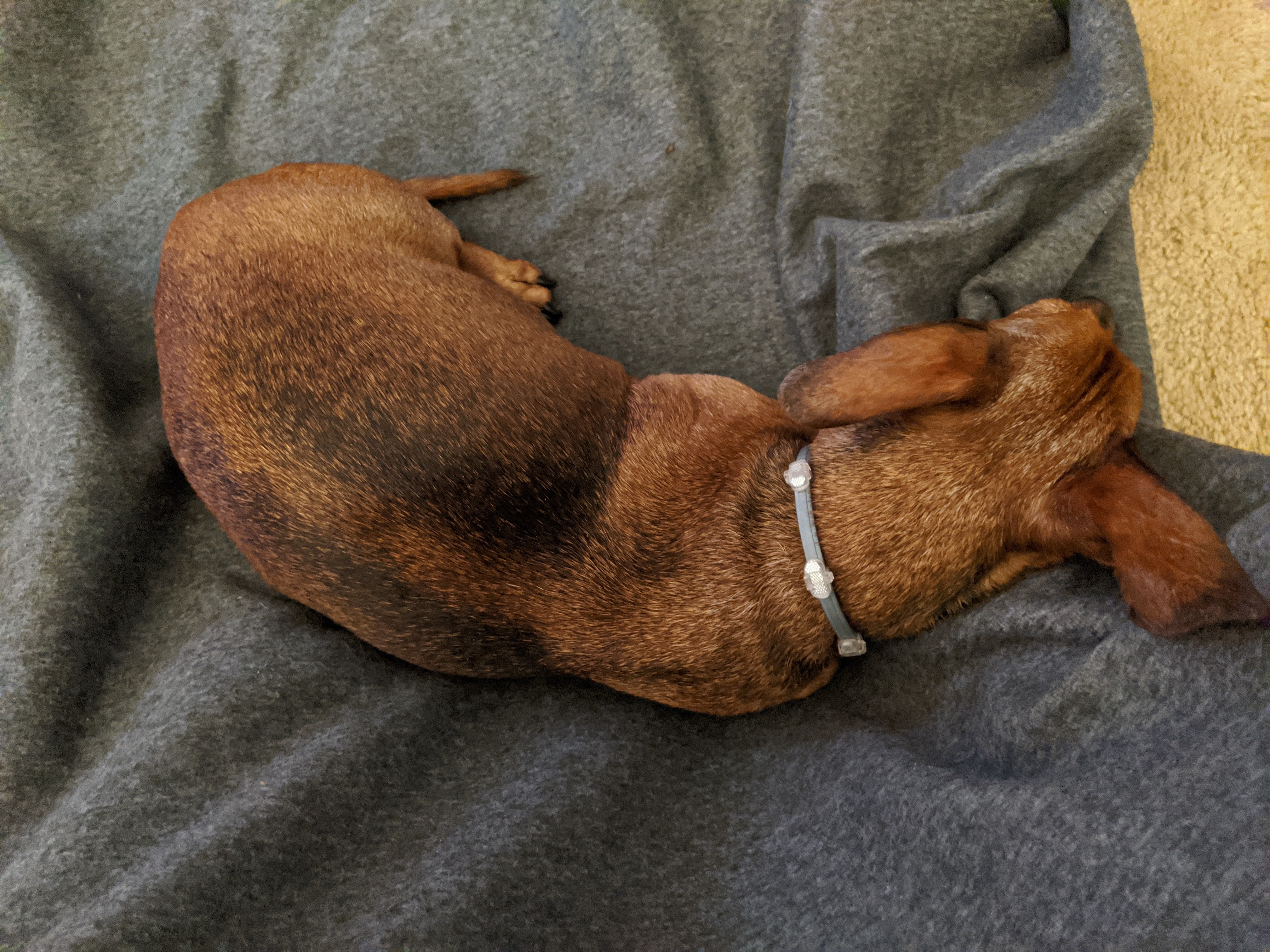
“DACHSHUNDS AREN’T REAL DOGS!”
I remember saying this to Mikala when I heard she got a puppy. And then I heard how brave he was (briefly) in the face of a litter of Jack Russells, and how he ran and hid between Mikala’s feet. Fated? Fait accompli?
When I met him he began to transform that canine ideal I had fixed in my mind. (The wolf-like profile of the Alaskan Malamute baying at the winter moon in the middle of the night.) Milo was nothing like any dog I had ever known. He was the opposite of the “alpha male” and pretty okay with it. He more closely resembled a hot water bottle in both shape and temperament. But…
…he was charming. Standing on his hind legs. Growling at you from five inches off the ground when he wanted something. Hackles raised, barking at turkey buzzards flying overhead. (How dare they!) Chasing squirrels. Slinking out of the room during football season. Running back when he heard someone in the kitchen. Gravitating to the most comfortable lap or the person who most needed comforting.
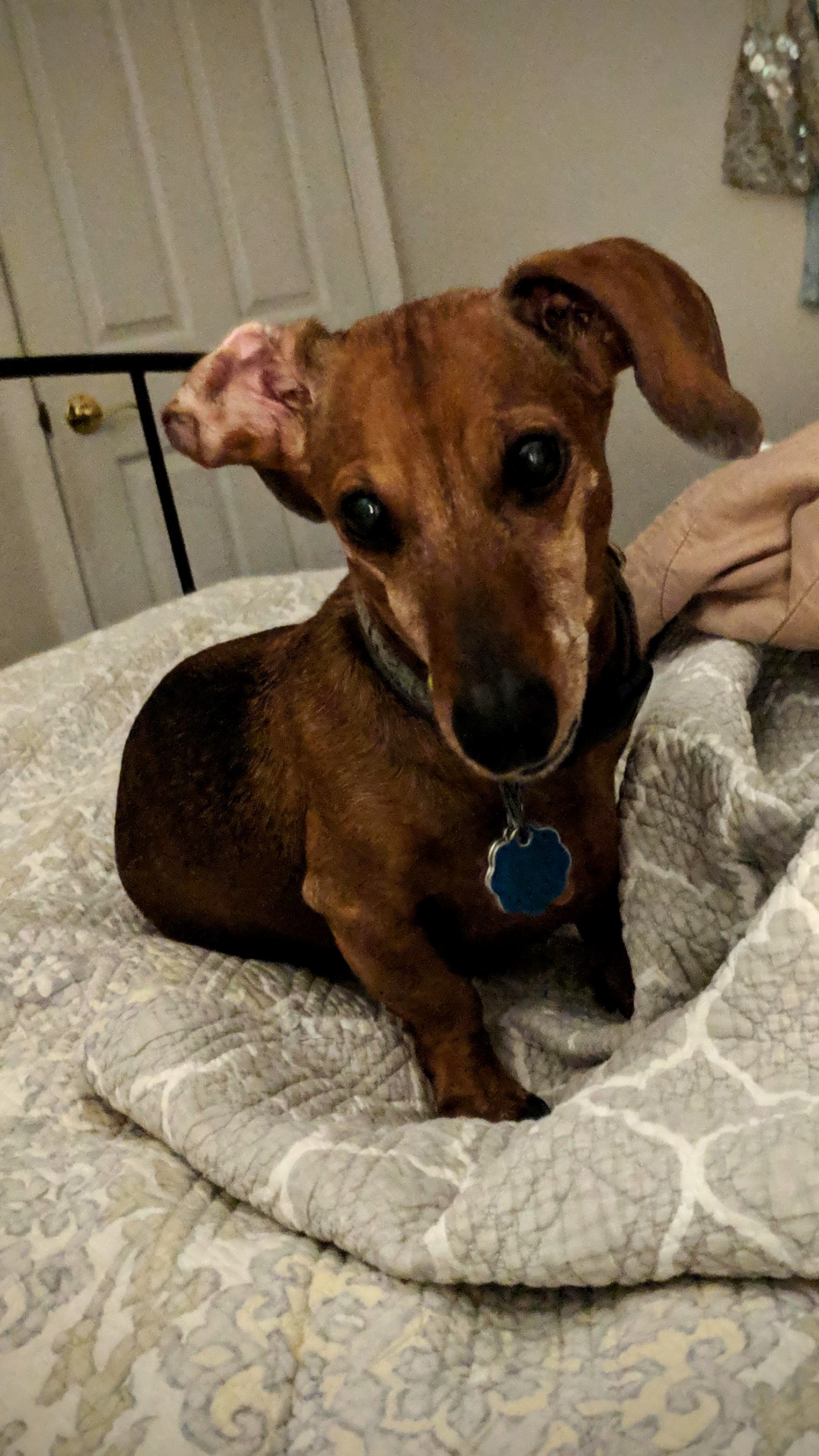
Milo’s typical day? Wake you up by standing on your bladder and growling. Going outside for a quick pee, leaping across the threshold to eat breakfast, and then heading back to bed. (Burrowing under the covers of the freshly made bed.)
An hour or two later, whine at you to be let out, visit the Little White Dog across the street and pooping on their lawn. Another snooze, and up again to chase bunnies and doze on the deck (to chase bunnies in his sleep).
Back inside for another snooze. Barking at the mailman. Sniffing around the yard. Snooze. Dinner. Snuggling on the couch. Go outside to bark at the neighbors, and then back to sleep for the night, sprawled along the length of the warmest person in bed, until they’re balanced on the edge of the bed trying to avoid Little Mister Fahrenheit.
We miss you, buddy. Friend.
The “Uncommon” Common Icelandic Skink*
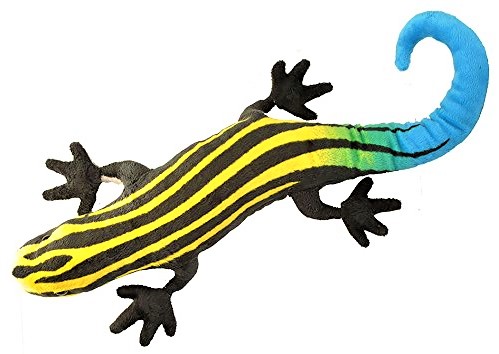
I was driving up the Eyrarbakkavegur to my regular chess therapy appointment at the Bobby Fischer Center in Olfuss, Iceland, when I came across one of these little guys in a hard hat and high-visibility safety vest holding an orange safety flag.
Being from the New York metro area, I was initially annoyed at the delay, but upon closer look I noticed that this “flag-skink” was supporting the annual skink migration from their traditional winter home in Reykjavík, to their summer feeding grounds near Flúðir.
The 100+ km distance is a short 1-2 hour drive by car, but for the Common Icelandic Skink this can be a grueling 1-2 week long trek across many busy (for Iceland) roads and several broad and frigid rivers. Fraught with danger from a variety of sources, both native to the Island nation and of the foreign variety.
Native dangers include hungry puffins, Atlantic salmon, and Supply Chain Management consultants. The latter have become increasingly agitated in their opposition to the Common Icelandic Skink due to the tax breaks the government has given them in the important national transport and logistics market. (There have even been some formal protests and angry language bandied about against what is being viewed by some as cronyism.)
Non-Icelandic dangers, while normally limited to drunken frivolities at the local hot springs followed by a visit to McDonald’s, have been fraying the edges of the social fabric of the skink population. This is because petroleum companies have been paying high wages to have young skinks work for them on the oil rigs in the North Sea, upsetting the delicate ecological balance and traditional family values of the Common Skink.
So this is why, upon reflection, I was so impressed by the skink on the road to Olfuss. He was one of the teenage skinks the foreign oil companies were so avidly recruiting. With the typical aqua blue tail and yellow and black stripes of a young male skink in his prime, here he was volunteering to warn drivers of the migrating herds of skinks! This wasn’t just admirable, it was becoming more and more uncommon. And so, I salute you, and others like you!
The uncommon Common Icelandic Skink.
* not “Spink”
Random (not) Lizards
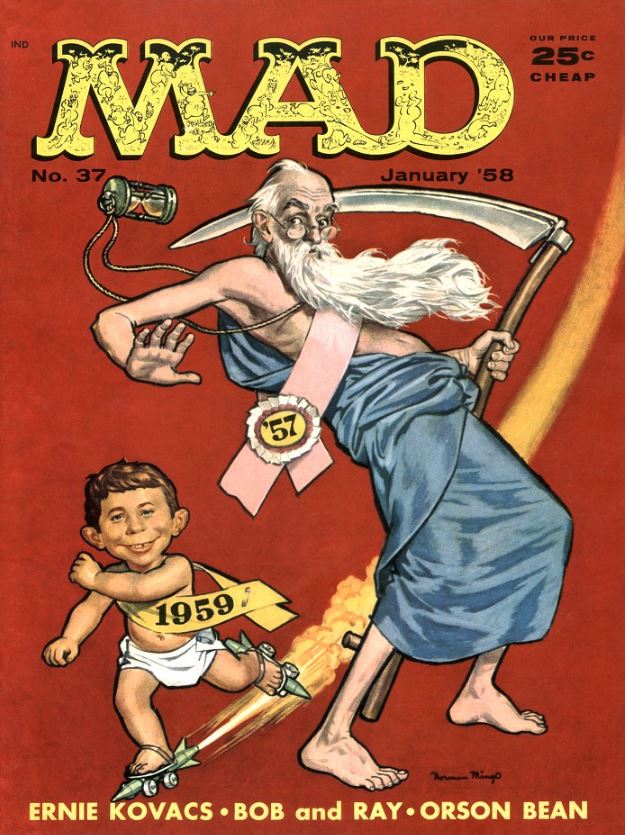
Now that we’ve finally entered 1959 we can look forward to tons more tomfoolery from the goofy editors at MAD Magazine! Check out the latest issue featuring Orson Bean, Bob and Ray, and the outrageous Ernie Kovacs! (How do they get away with it!)
“What? Me worry!?”
Northern Blue Autoclave Lizard
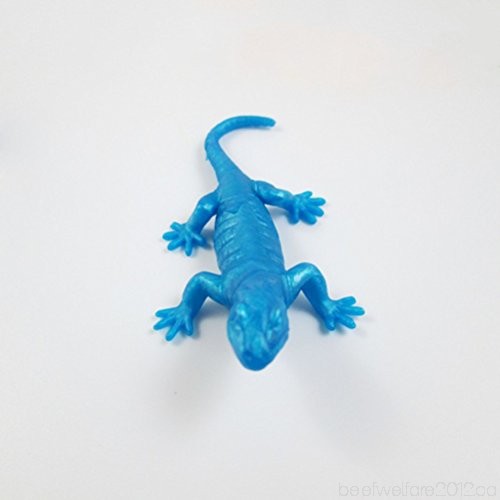
A true icon of the rural Canadian wilderness, the Northern Blue Autoclave lizard has managed to avoid the paparazzi of the natural sciences for decades. The first documented evidence for the Northern Blue was in the back pages of DC comics magazines alongside advertisements for X-Ray Spex and mail-order hypnosis lessons.
We were thrilled to have this specimen sent to us by a faithful reader, Jethro Osborne of Dutch Madder, Manitoba. We’ve named her (you can determine the sex by looking underneath) “Blue” in honor of her color, and frankly her sense of humor. A sparkling wit, interlaced with profanities, can be heard coming from the glass tank where she is kept entertained with a pair of wild caribou mittens.
Many thanks to Jethro and the thousands of subscribers out there who have already commented on and liked our previous posts, and the legions of Icelandic herpetologists who have threatened to boycott us unless we post a similar blog post about the Common Icelandic Skink.
